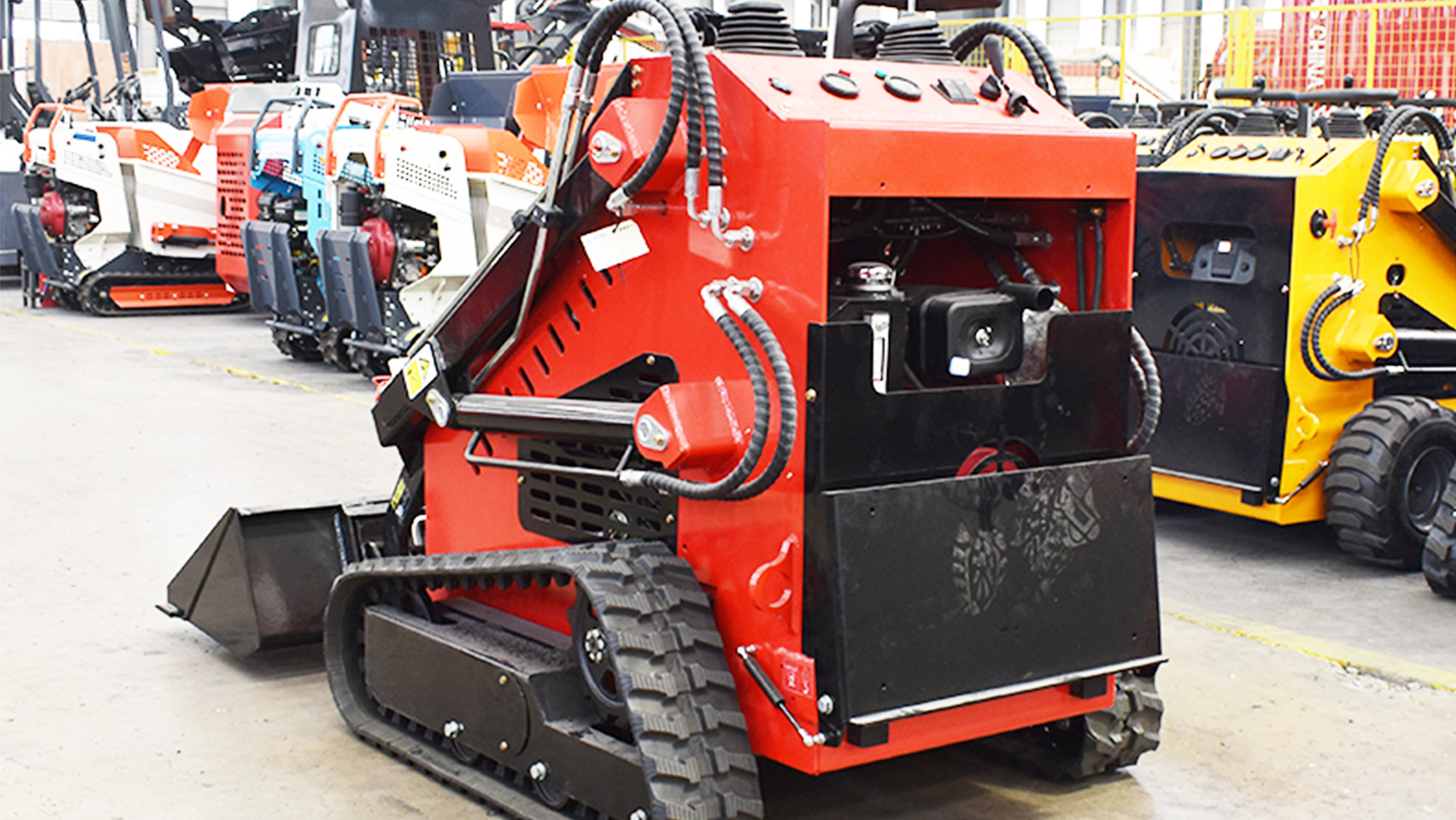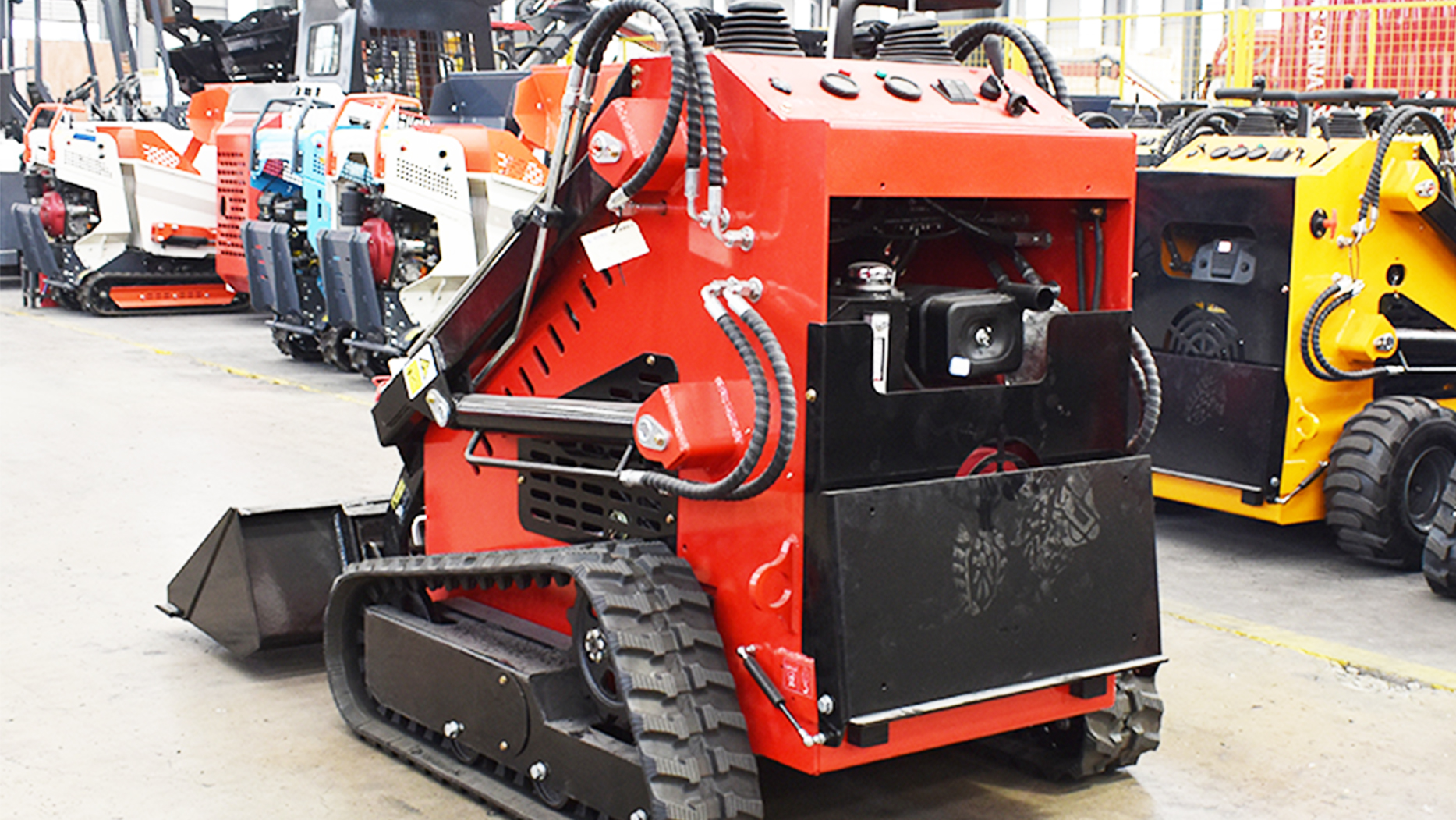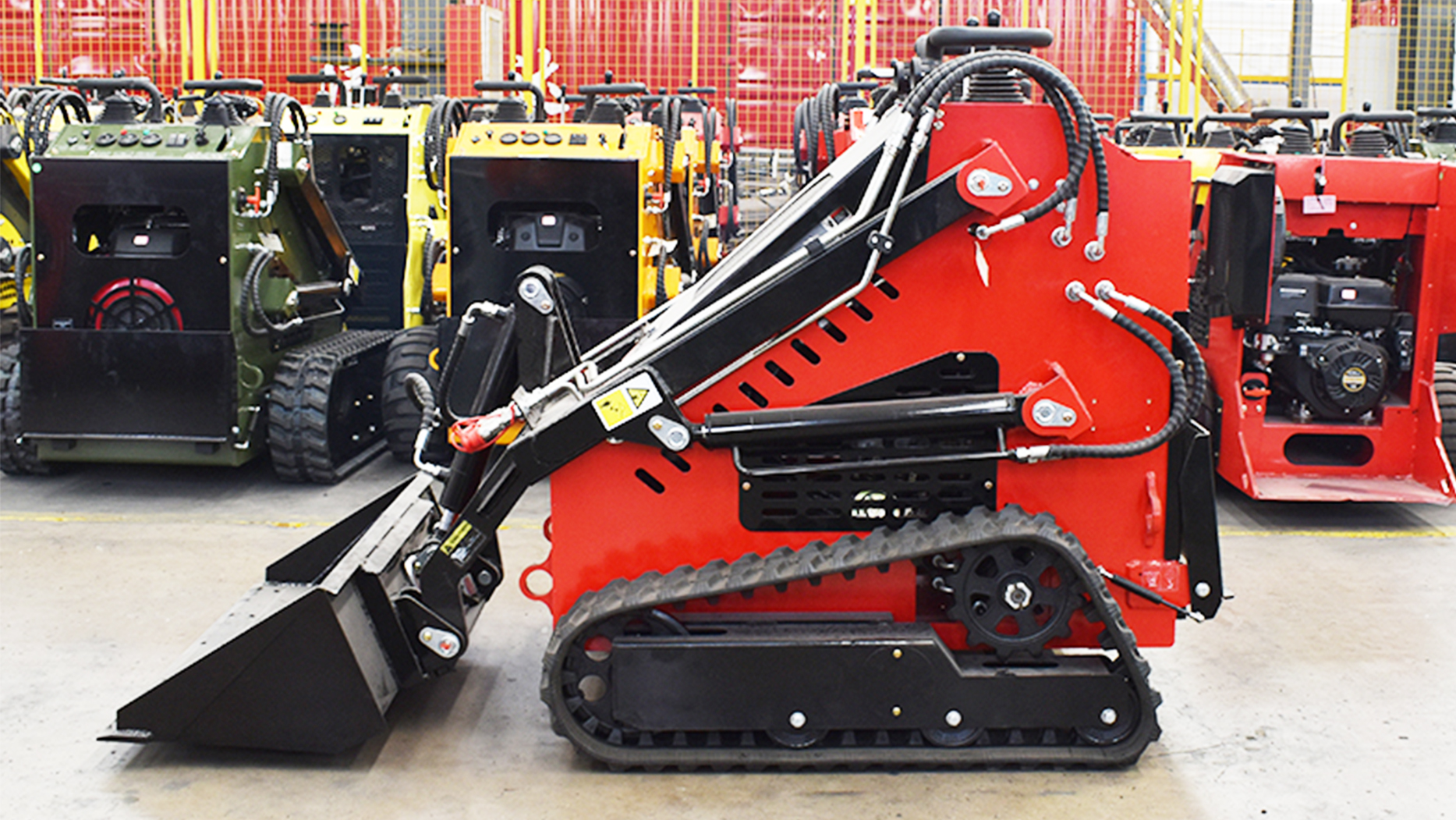The answer is far from a simple dollar figure. The price of a skid steer loader can vary dramatically based on numerous factors, ranging from its size and features to whether you're buying new or used, or opting for a rental. Understanding these variables is crucial for budgeting effectively, making an informed purchasing decision, and ensuring you get the most value for your investment.
This comprehensive guide will break down the pricing landscape of skid steer loaders, covering new purchases, the used market, rental options, and the often-overlooked ongoing operating costs.
Factors Influencing the Cost of a New Skid Steer Loader
When purchasing a brand-new skid steer, several key specifications and choices will directly impact the final price tag.
Size and Operating Capacity:
Skid steers come in various sizes, categorized by their rated operating capacity (ROC) – the maximum weight they can safely lift.
Small Frame (under 1,750 lbs ROC): These are entry-level machines, ideal for tight spaces and light-duty tasks. They are generally the least expensive.
Medium Frame (1,750 – 2,200 lbs ROC): The most popular category, offering a balance of power, lift, and maneuverability for a wide range of common tasks. This is where most mid-range pricing falls.
Large Frame (over 2,200 lbs ROC): Designed for heavy-duty applications, these machines boast higher horsepower, greater lift capacity, and more robust construction, leading to the highest prices.
Wheeled (Skid Steer Loader - SSL) vs. Tracked (Compact Track Loader - CTL):
This is one of the most significant cost differentiators.
Wheeled Skid Steers (SSLs): Generally less expensive to purchase upfront. They are faster on hard surfaces and more nimble. However, their tires wear out, and they offer less traction and flotation in soft or muddy conditions.
Compact Track Loaders (CTLs): Typically 20-40% more expensive than comparable wheeled models. CTLs offer superior traction, flotation, and stability on uneven or soft terrain, and their tracks cause less ground disturbance. However, track replacement is a significant ongoing maintenance cost.

Engine Horsepower (HP) and Emissions Tier:
More powerful engines naturally come with a higher price. Modern engines also need to comply with stringent emissions regulations (e.g., EPA Tier 4 Final), which often adds complexity and cost to the engine system (e.g., Diesel Particulate Filters - DPFs, Selective Catalytic Reduction - SCR systems).
Brand and Manufacturer:
Just like cars, some brands command a premium due to their reputation for reliability, advanced technology, dealer network, and resale value. Leading brands like Bobcat, Caterpillar, John Deere, Kubota, Case, and New Holland typically have higher price points than lesser-known or imported brands.
Features and Technology (Cab, Hydraulics, Controls):
Optional features can add thousands to the base price:
Enclosed Cab with HVAC: Essential for operator comfort in extreme weather, adds significantly to the cost.
High-Flow Hydraulics: Crucial for powering demanding attachments like mulchers, cold planers, or rock saws. This is a significant upgrade.
Pilot or Joystick Controls: Electronic over hydraulic controls often offer more precise operation and comfort but can increase cost compared to traditional hand/foot controls.
Ride Control/Suspension: Improves operator comfort and material retention during transport.
Power Bob-Tach/Hydraulic Quick Coupler: Allows for quick, in-cab attachment changes, a valuable time-saving feature.
Telematics/GPS: Tracking and diagnostic capabilities add to the price but can optimize fleet management.
Attachments:
A skid steer without attachments is just a base unit. The cost of essential or specialized attachments can easily add $2,000 to over $20,000 per attachment, depending on complexity (e.g., standard bucket vs. hydraulic hammer or mulcher). Many dealers offer package deals or incentives for buying attachments with the machine.
New Skid Steer Loader Cost Ranges (Estimates for 2024-2025):
Small-Frame Wheeled Skid Steer (Basic): $25,000 - $45,000 USD
Medium-Frame Wheeled Skid Steer (Standard Features): $40,000 - $70,000 USD (e.g., a 2025 New Holland L328 with basic features listed at $62,000)
Large-Frame Wheeled Skid Steer (Premium Features): $65,000 - $90,000+ USD
Small-Frame Compact Track Loader (Basic): $40,000 - $60,000 USD (e.g., a 2024 Brand 1587lb Mini Skid Steer Loader can be found for around $6,500 - $12,500, but these are mini skid steers, significantly smaller than typical compact track loaders.)
 Understanding Used Skid Steer Loader Costs
Understanding Used Skid Steer Loader Costs
Buying used can offer substantial savings, but it also comes with increased risk.
Factors Influencing Used Prices:
Age and Hours: The most critical factors. Lower hours for its age are generally better. A machine with 2,000-3,000 hours is often considered mid-life, while 5,000+ hours indicates significant use.
Example Used Prices (based on recent market data):
2017 Gehl R190 with 4,600 hours: ~$26,900 USD
2020 Bobcat T76 with 1,804 hours: ~$66,800 USD
2021 John Deere 333G with 390 hours: ~$158,000 USD (closer to new price due to very low hours and premium features)
2012 New Holland L218 with 2,187 hours: ~$29,500 USD
Condition: Mechanical integrity, hydraulic system health, engine performance, undercarriage wear (for CTLs), tire condition (for SSLs), and cosmetic appearance.
Maintenance History: A complete service record adds significant value and reduces future uncertainty.
Features: Similar to new machines, high-flow hydraulics, enclosed cabs, etc., will command higher prices.
Location: Prices can vary regionally based on demand and dealer availability.
Typical Used Skid Steer Price Ranges:
Older, High-Hour (5,000+ hours), Basic Models: $10,000 - $25,000 USD
Mid-Range (2,000-5,000 hours), Good Condition: $25,000 - $55,000 USD
Newer, Low-Hour (under 2,000 hours), Feature-Rich: $55,000 - $90,000+ USD (often competing with entry-level new models)
Pros and Cons of Buying Used:
Pros: Significant cost savings, slower depreciation, immediate availability.
Cons: Higher risk of unexpected repairs, no warranty (or limited), older technology, potentially higher operating costs over time if not well-maintained. Always get an independent inspection!
 Beyond the Purchase Price: Ongoing Operating Costs
Beyond the Purchase Price: Ongoing Operating Costs
The initial cost is just one piece of the puzzle. Owning or renting a skid steer involves continuous operational expenses.
Fuel: Diesel consumption varies significantly by machine size, engine efficiency, and intensity of use. This is a major ongoing cost.
Maintenance: Regular oil changes, filter replacements, greasing, and inspections are crucial. Interval services (e.g., 250-hour, 500-hour, 1000-hour) can be more extensive and costly.
Tires (for SSLs) / Tracks (for CTLs): This is a significant wear item. Tires can cost hundreds per set, while replacing a set of tracks can range from $2,000 to $6,000+, depending on the machine size and track type. Life expectancy of tires/tracks depends heavily on operating conditions and operator habits.
Insurance: Essential for protecting your investment against damage, theft, or liability.
Transportation: If you move your skid steer between multiple job sites, you'll need a suitable truck and trailer, plus potentially fuel and licensing costs.
Operator Wages: If you're not operating the machine yourself, factor in labor costs for a skilled operator.
Attachment Wear & Tear: Attachments also require maintenance, repair, or replacement over time.
Financing Your Skid Steer Loader
For businesses or individuals unable to pay cash upfront, various financing options are available:
Traditional Bank Loans: Often offer competitive interest rates.
Dealership Financing: Many manufacturers and dealers provide their own financing programs, sometimes with promotional rates.
Leasing: Can be a good option for businesses looking to upgrade equipment regularly or those who prefer lower monthly payments and potential tax advantages, rather than outright ownership.
Conclusion: Value Beyond the Price Tag
The question of "How much do skid steer loaders cost?" reveals a spectrum of pricing influenced by specifications, features, brand reputation, market conditions, and whether you choose new, used, or rental. While a new, fully-loaded compact track loader can exceed $100,000, a basic used wheeled skid steer might be acquired for under $20,000. Rental options provide flexible, short-term solutions for project-specific needs without the long-term commitment of ownership.
Ultimately, the "cost" extends beyond the initial purchase price to encompass ongoing operating expenses like fuel, maintenance, and tire/track replacement. Making the best decision requires a thorough assessment of your specific needs, budget, frequency of use, and a clear understanding of the long-term value proposition. By carefully weighing these factors, you can invest in a skid steer loader that not only fits your financial plan but also serves as a productive and reliable asset for years to come.
Post time:May.30.2025
